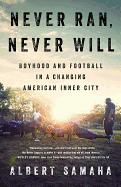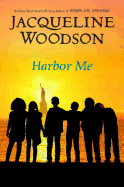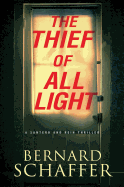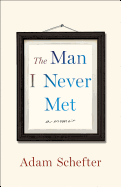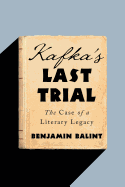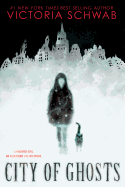Tuesday, September 4, 2018
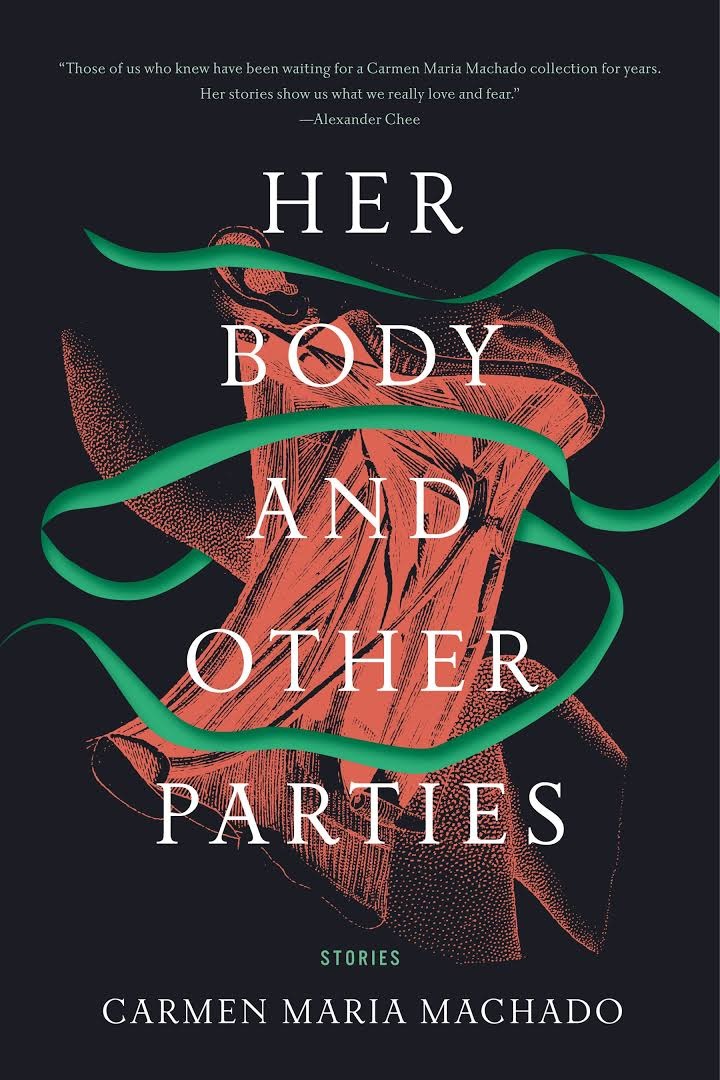 Dear Emily. She and I bonded years ago over our literary tastes. So I was not at all caught off guard when she picked up Her Body and Other Parties by Carmen Maria Machado (Graywolf, $16) and began reading portions of "Especially Heinous" aloud. To our shared delight, the story is composed entirely of plot summaries of Law & Order: SVU.
Dear Emily. She and I bonded years ago over our literary tastes. So I was not at all caught off guard when she picked up Her Body and Other Parties by Carmen Maria Machado (Graywolf, $16) and began reading portions of "Especially Heinous" aloud. To our shared delight, the story is composed entirely of plot summaries of Law & Order: SVU. Another favorite read-aloud is Sloane Crosley's work. Like her essay "Outside Voices," about a rich, noisy teen neighbor, in Look Alive Out There (MCD/FSG, $26): "Jared was quick to laugh, which would have been his best quality were it not for the laugh's resemblance to a hyena being choked to death by bubble wrap.... Really, I can't say enough bad things about it."
Another favorite read-aloud is Sloane Crosley's work. Like her essay "Outside Voices," about a rich, noisy teen neighbor, in Look Alive Out There (MCD/FSG, $26): "Jared was quick to laugh, which would have been his best quality were it not for the laugh's resemblance to a hyena being choked to death by bubble wrap.... Really, I can't say enough bad things about it."The Masterpiece
by Fiona Davis
Discover: Fiona Davis's third novel tells the stories of two women whose fates become intertwined with that of the iconic Grand Central Terminal.
Notes from the Fog
by Ben Marcus
Discover: The remarkable third story collection from Ben Marcus fixates on the static in human relationships.
Mystery & Thriller
The Prisoner in the Castle
by Susan Elia MacNeal
Discover: In this intriguing historical mystery, a group of isolated special agents must figure out who among them is a killer.
The Thief of All Light
by Bernard Schaffer
Discover: In the bang-up first thriller in a new series, an unpolished trio of small-town Pennsylvania cops must connect the dots between a pair of abductions and a grisly murder outside a gay bar.
Romance
Josh & Hazel's Guide to Not Dating
by Christina Lauren
Discover: In this funny romance, two friends keep setting each other up on dates, until they finally realize maybe they should date each other.
Biography & Memoir
The Man I Never Met: A Memoir
by Adam Schefter and Michael Rosenberg
Discover: A noted sports commentator tells the moving story of how he met and married a 9/11 widow with whom he shares his life and love.
History
Kafka's Last Trial: The Case of a Literary Legacy
by Benjamin Balint
Discover: Balint's compelling history of Kafka's papers raises complicated issues of national and personal rights to an artist's legacy.
Nature & Environment
A Song for the River
by Philip Connors
Discover: A seasoned fire lookout in the American Southwest looks back on recent summers filled with flames and personal loss while considering how nature heals itself and those around it.
Sports
Never Ran, Never Will: Boyhood and Football in a Changing American Inner City
by Albert Samaha
Discover: Journalist Albert Samaha's account of youth football in a tough Brooklyn neighborhood is equal parts sobering facts and fierce joy.
Poetry
The Carrying: Poems
by Ada Limón
Discover: Celebrated poet Ada Limón continues to awe and inspire in this deeply conceived collection about hope, loss and love.
Children's & Young Adult
Harbor Me
by Jacqueline Woodson
Discover: Jacqueline Woodson's Harbor Me is a powerful love letter to effective teachers, unexpected friendship and the healing magic of hearing, recording and sharing words.
City of Ghosts
by Victoria Schwab
Discover: 12-year-old Cassidy has had her share of ghostly encounters, but when her parents take her to Edinburgh, the spirits she encounters are more sinister than friendly.
| Advertisement Meet belle bear! |



